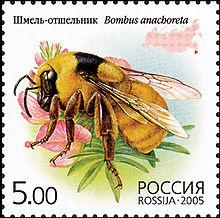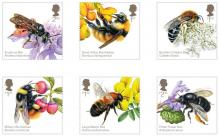Most endangered insect species in Britain
1. Small tortoiseshell butterfly (Aglais urticae). Once a common sight in gardens, parks and hedgerows, the small tortoiseshell is in steep decline. Once one of our commonest butterfly species, in 2013 it was reported that numbers had dropped by 77% in the previous 10 years.










